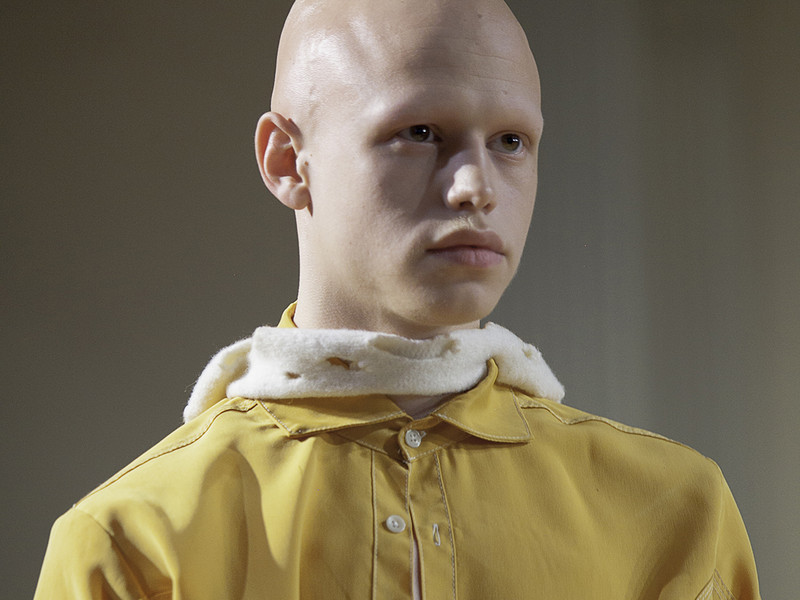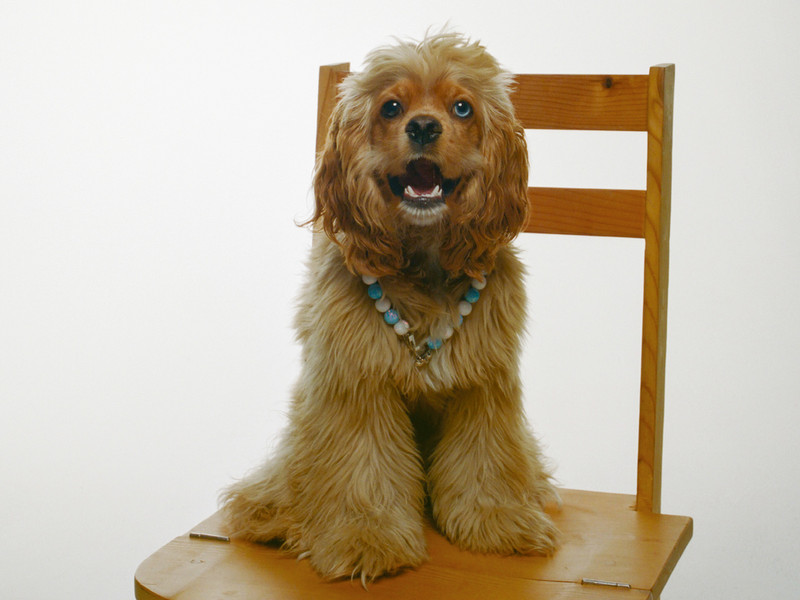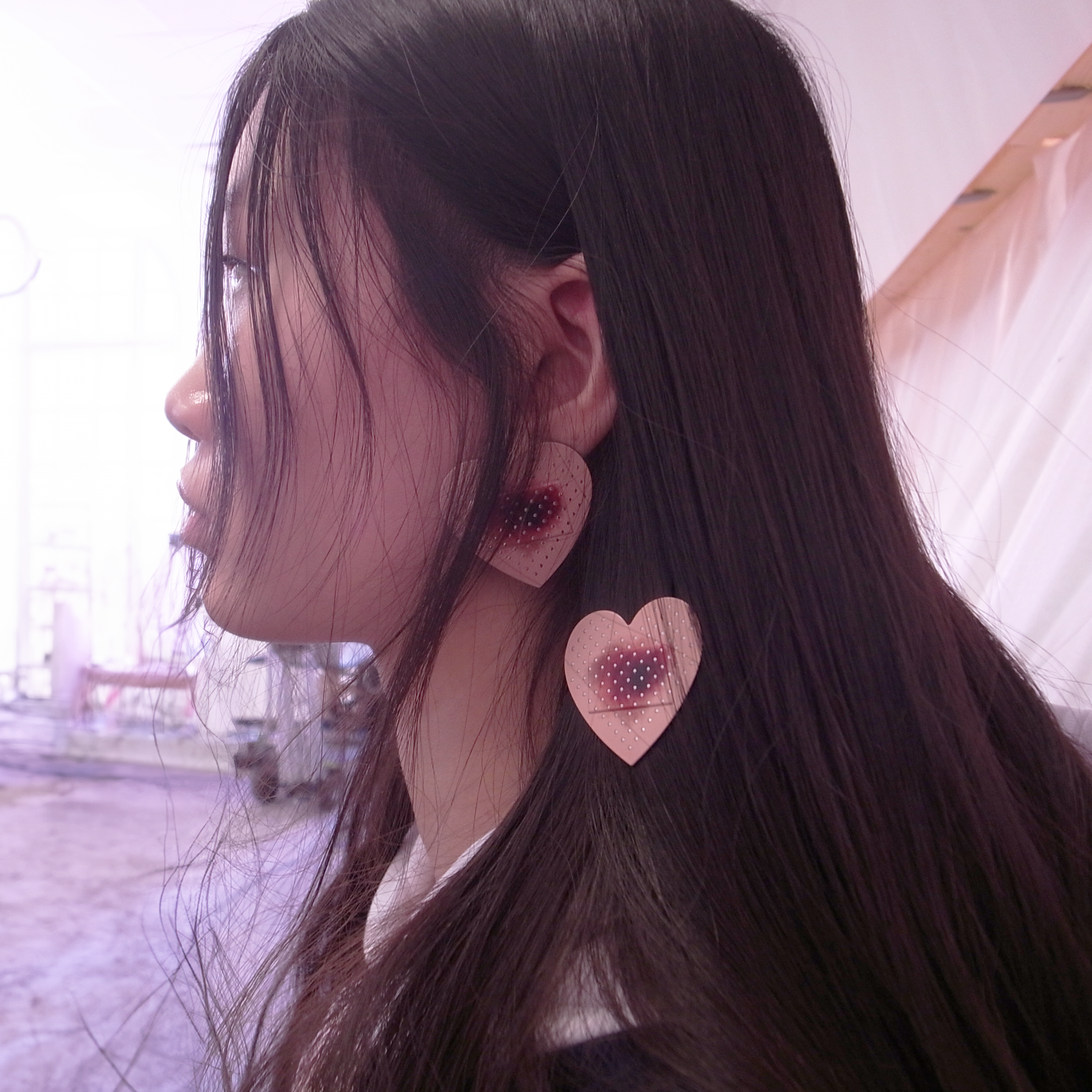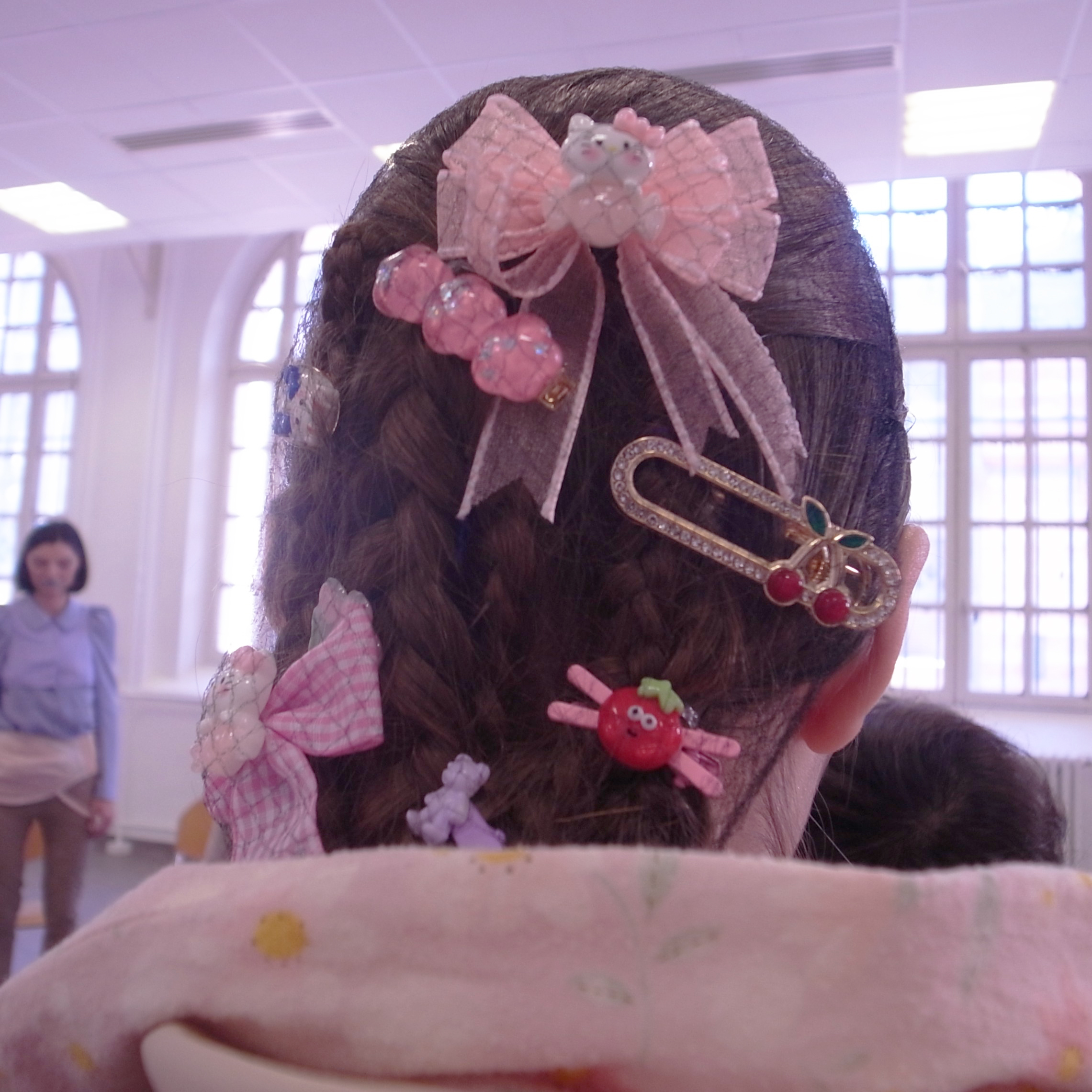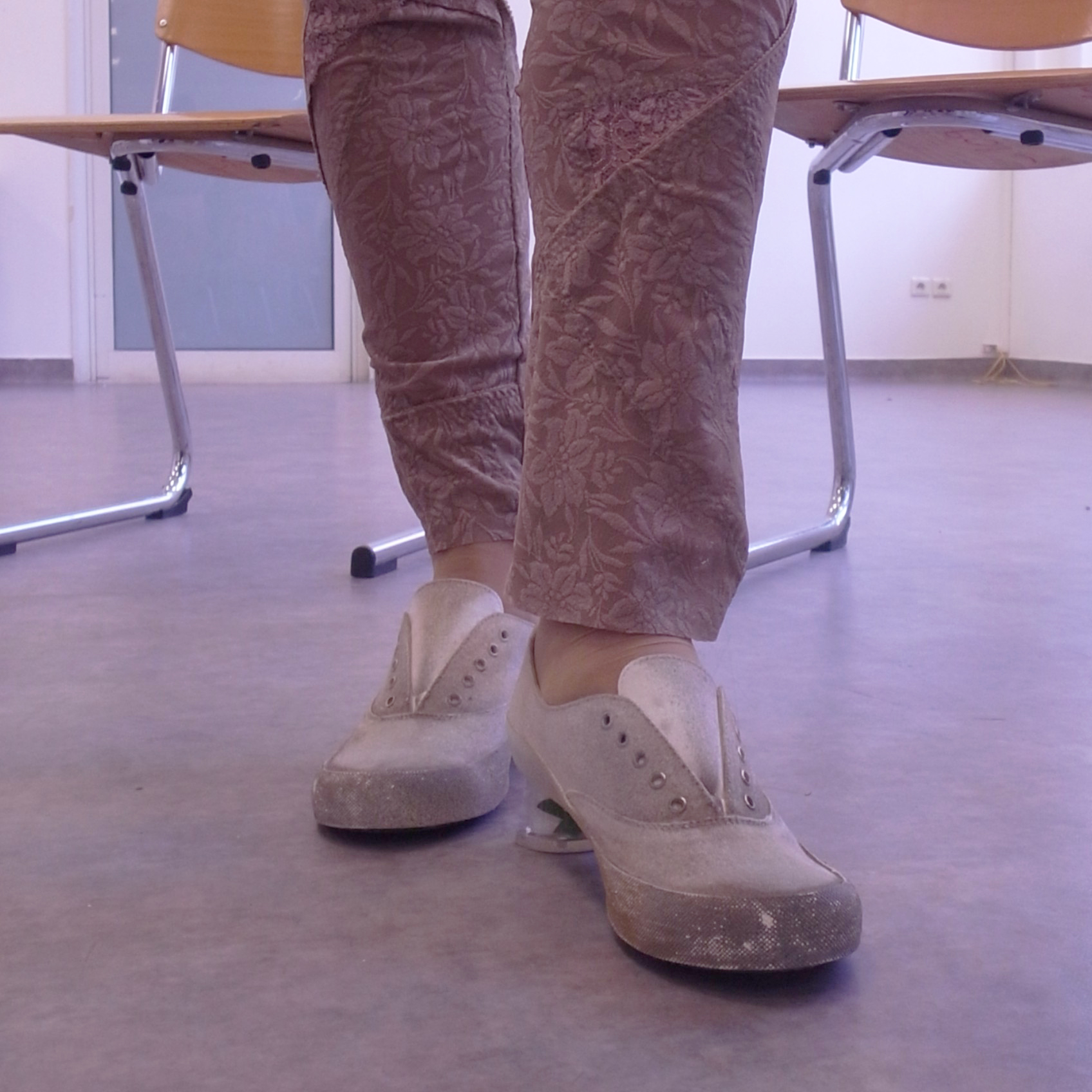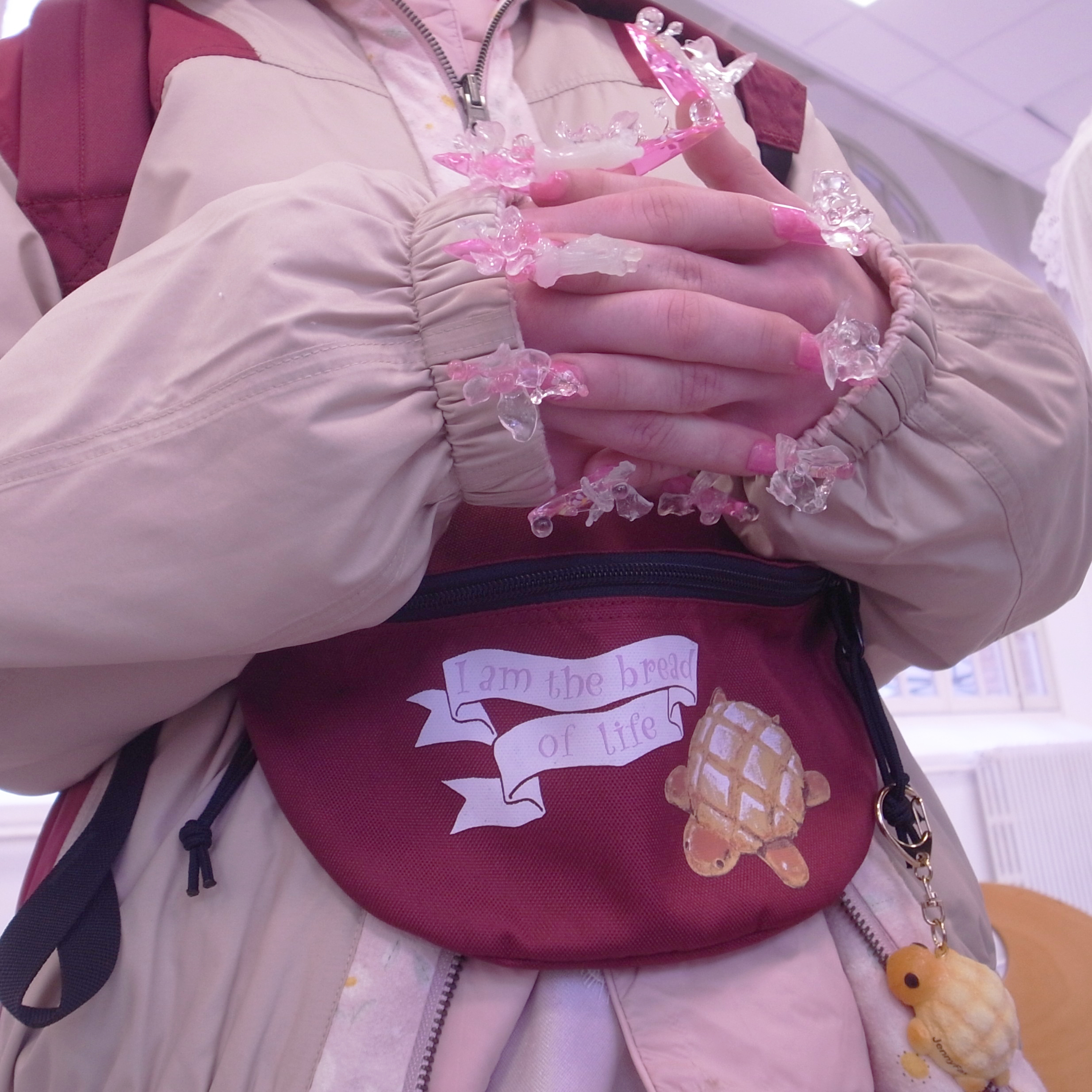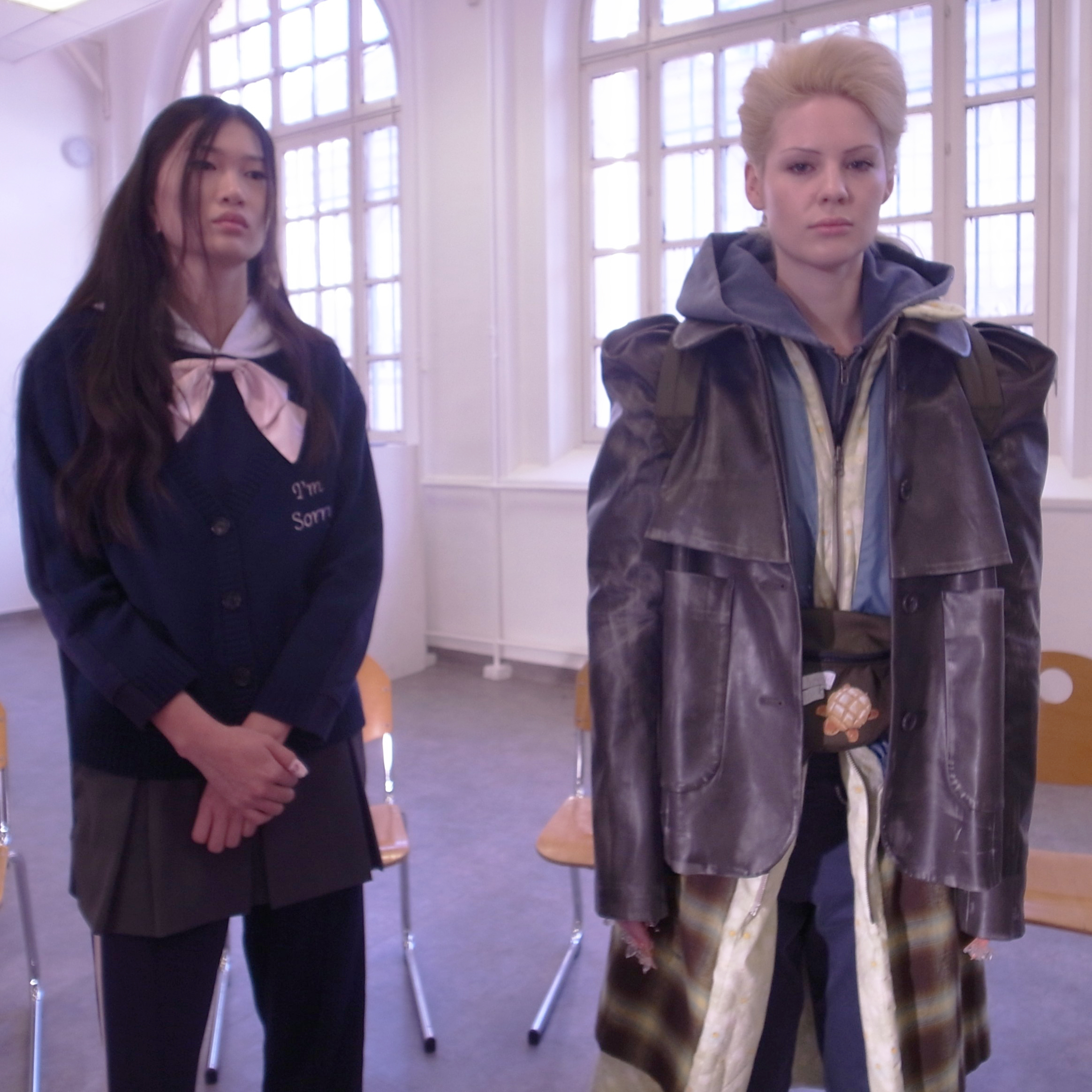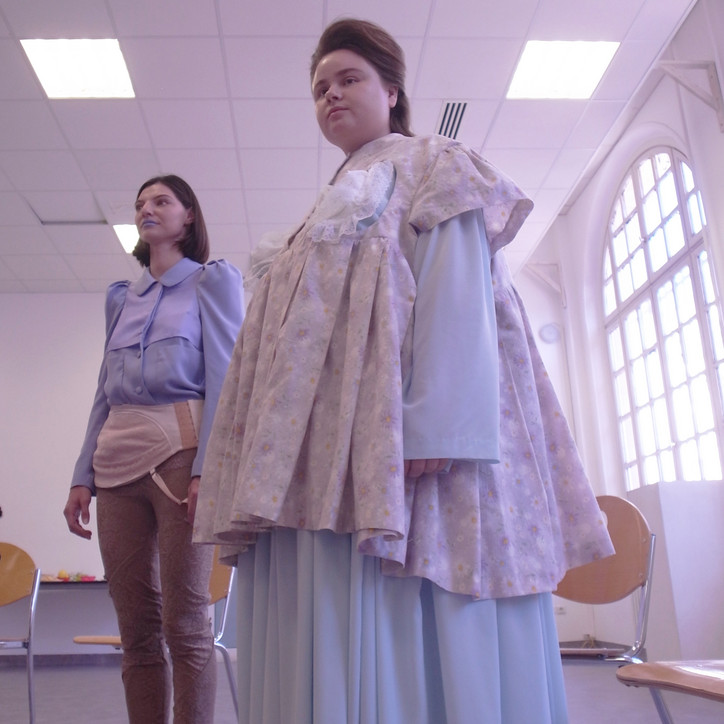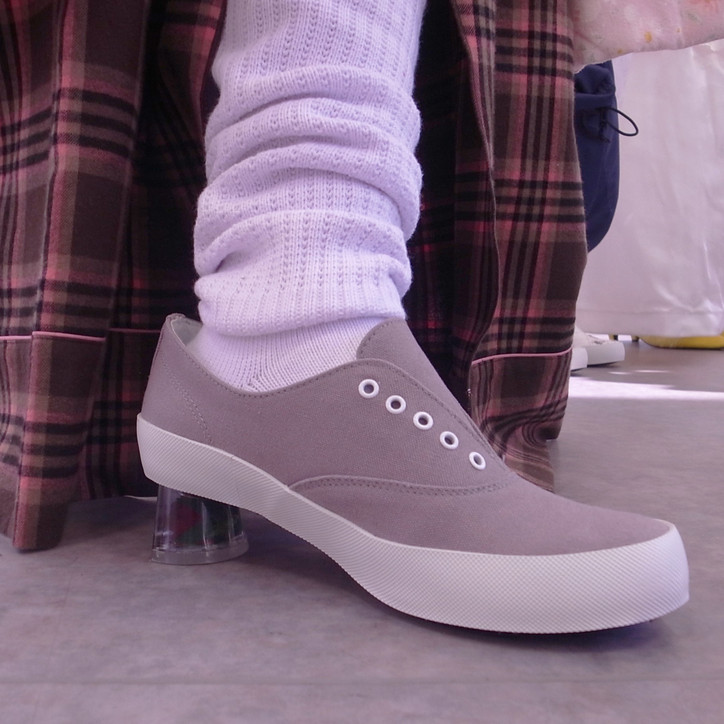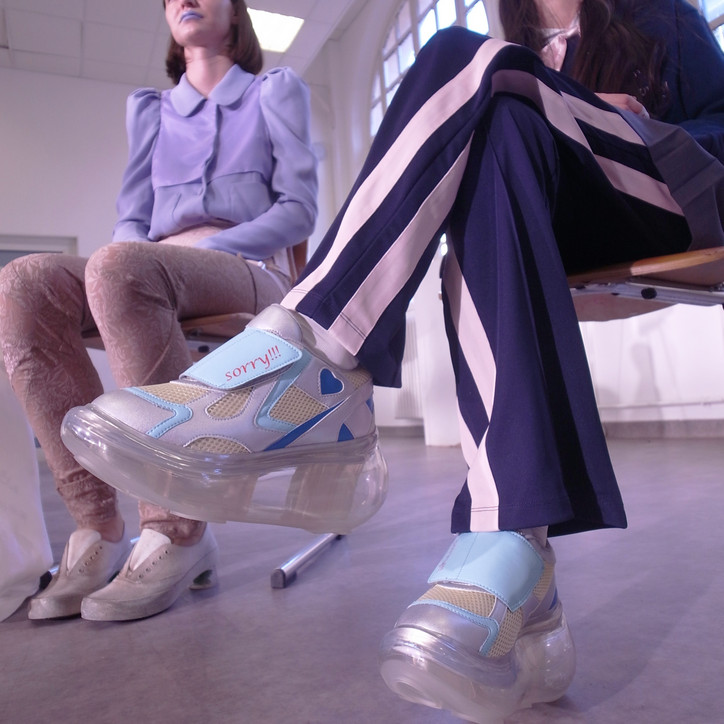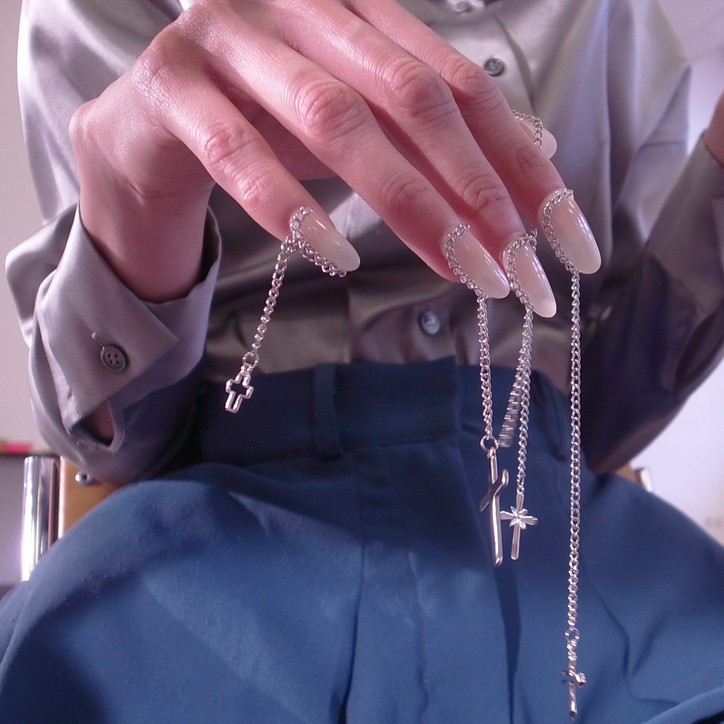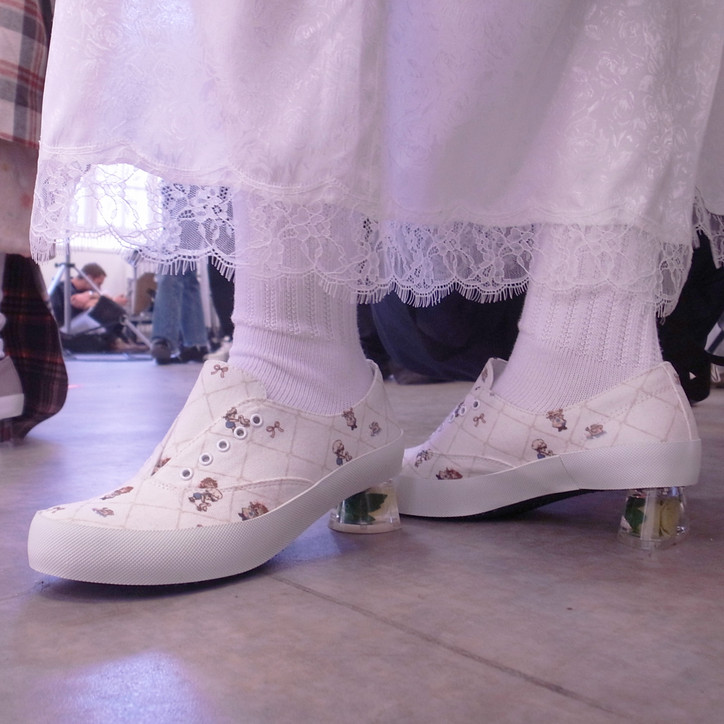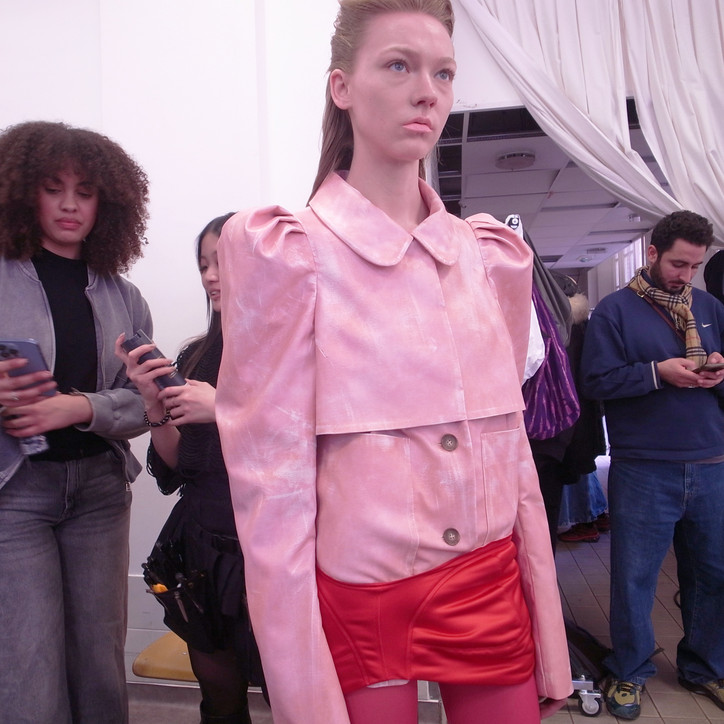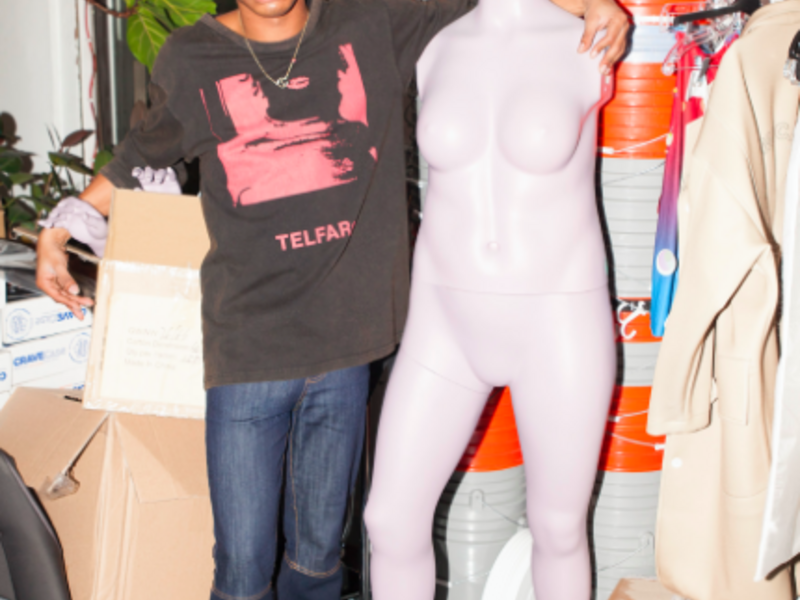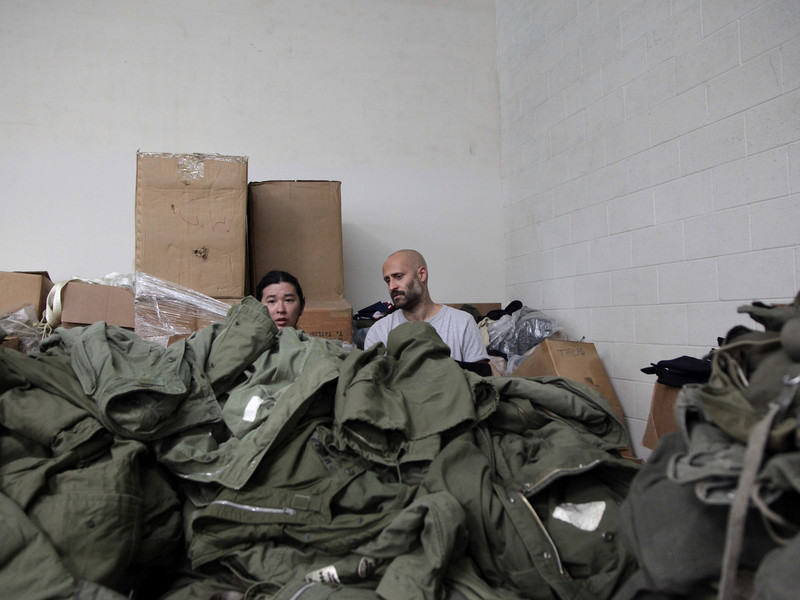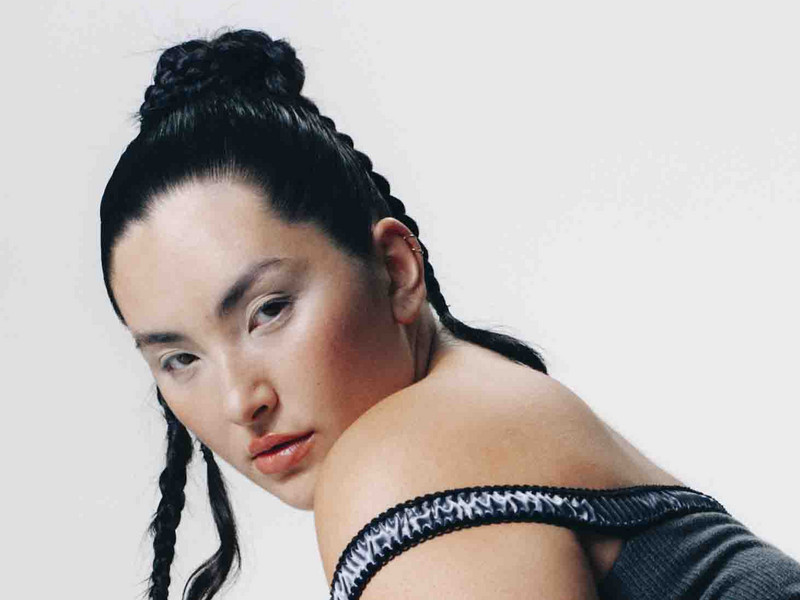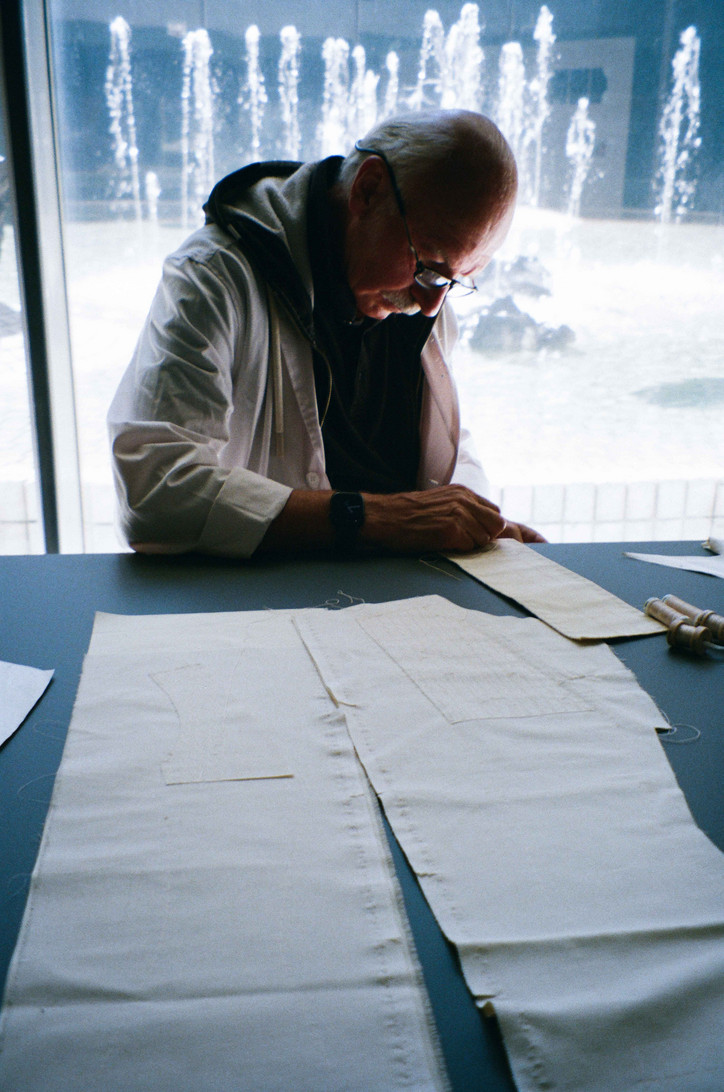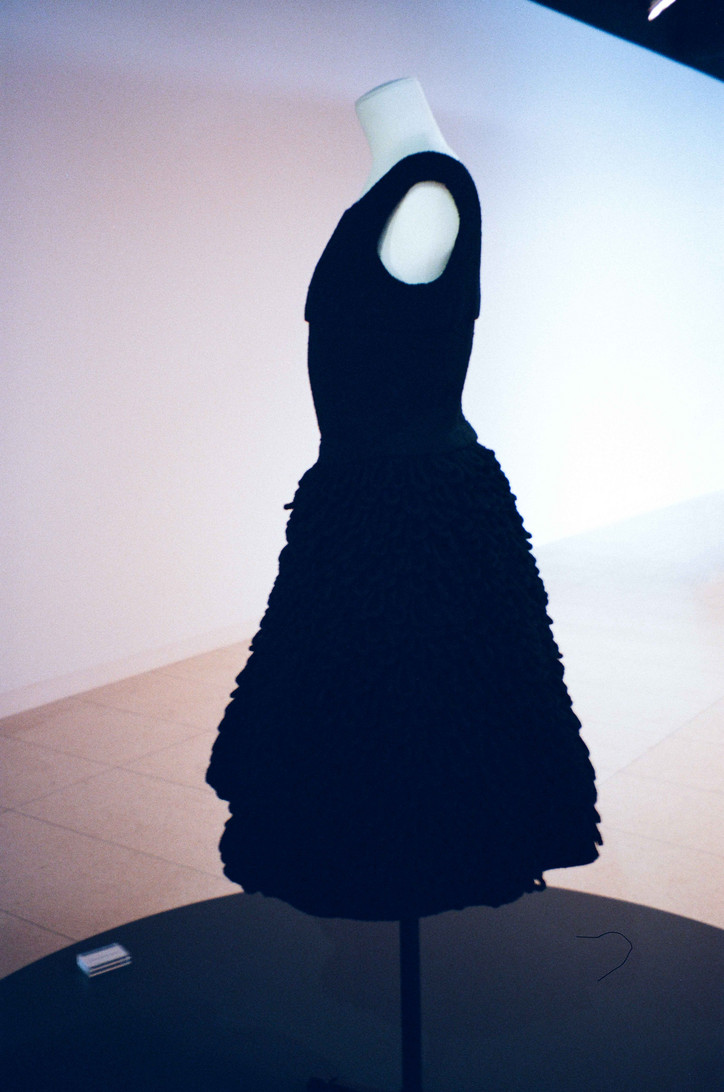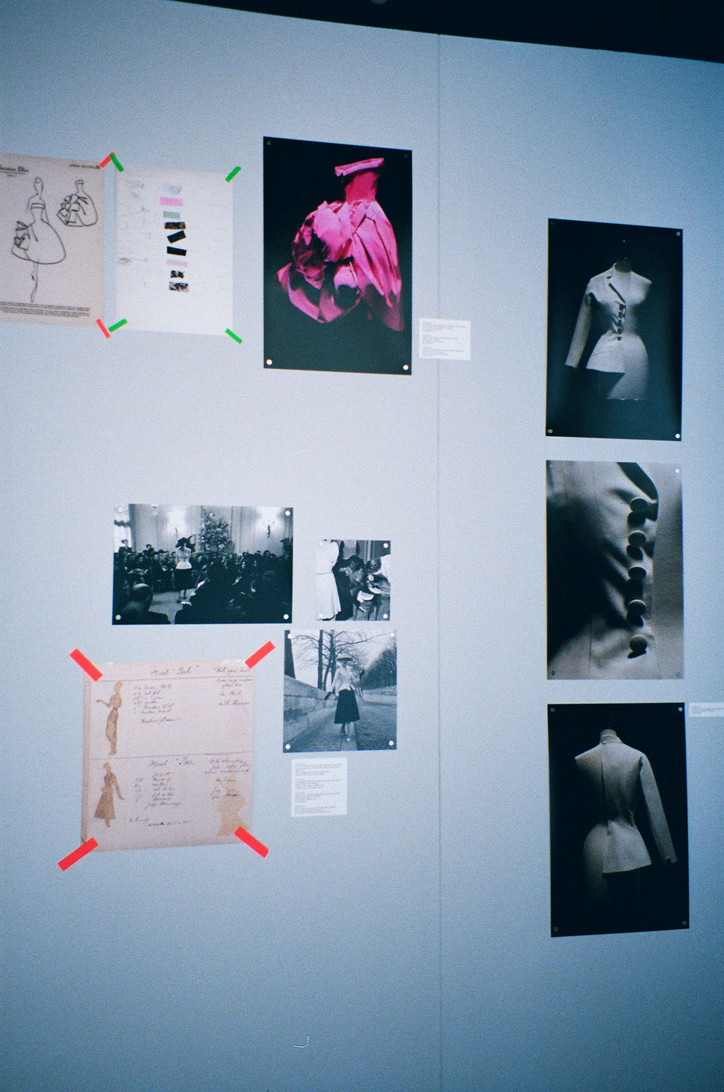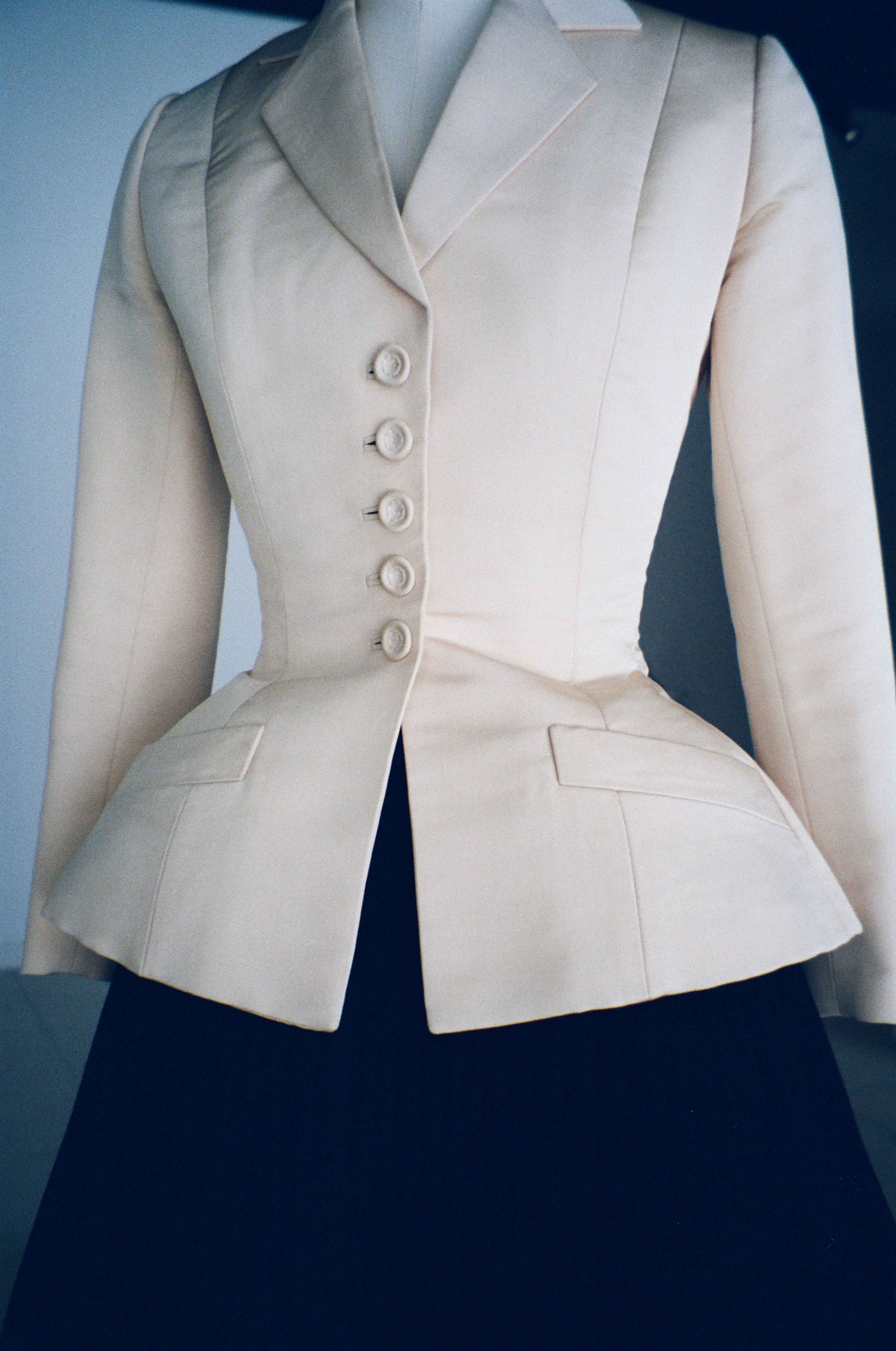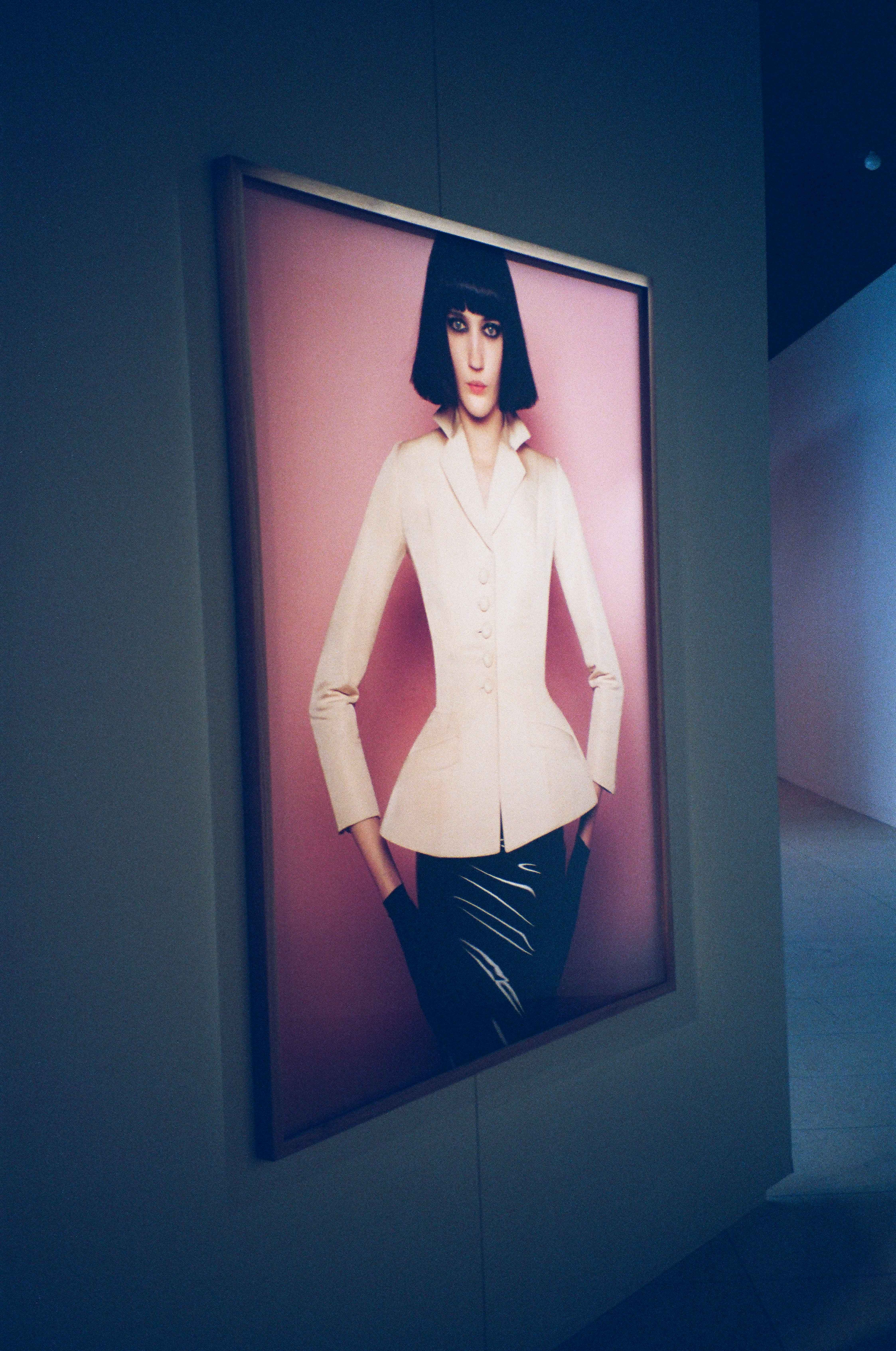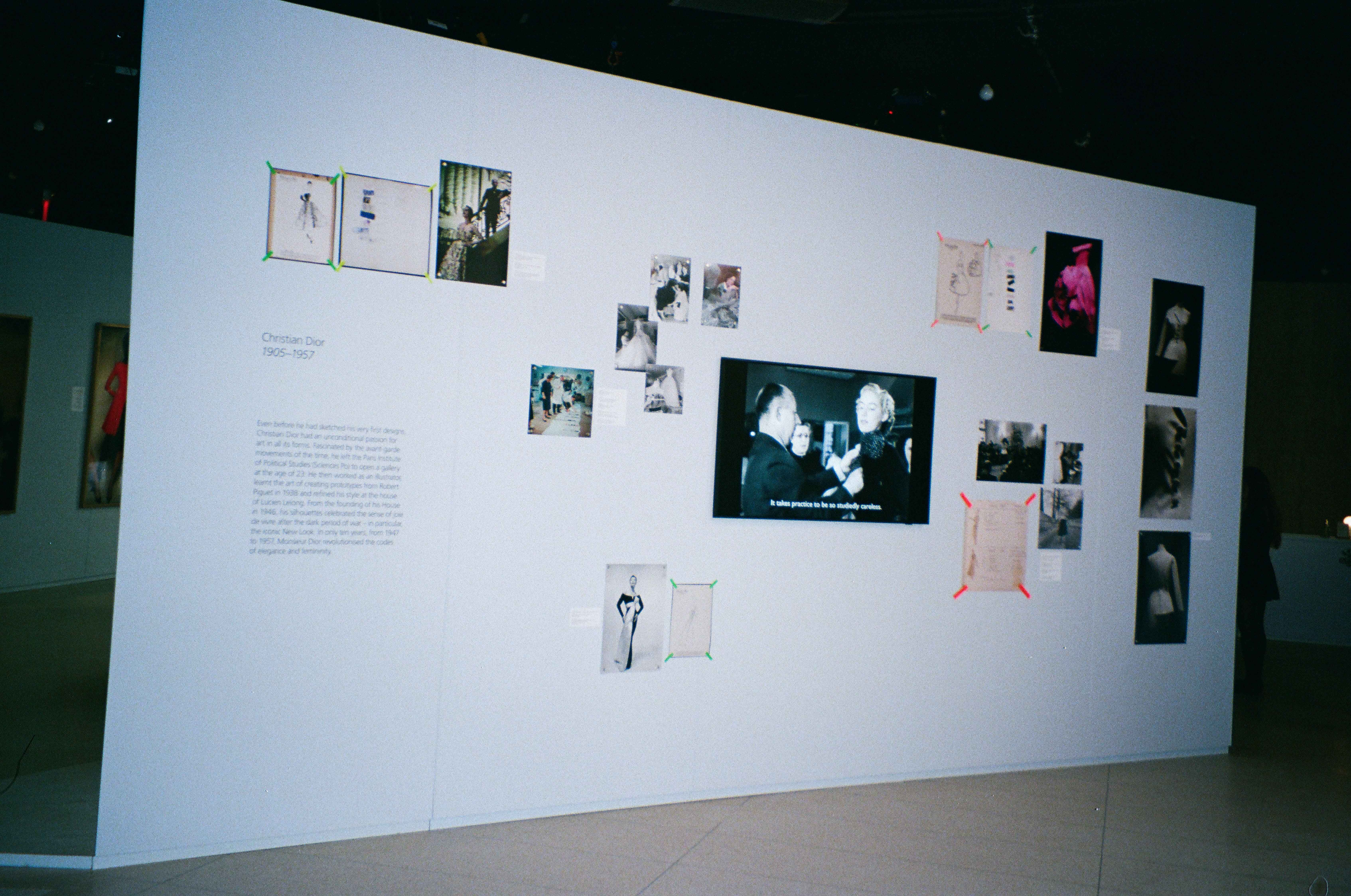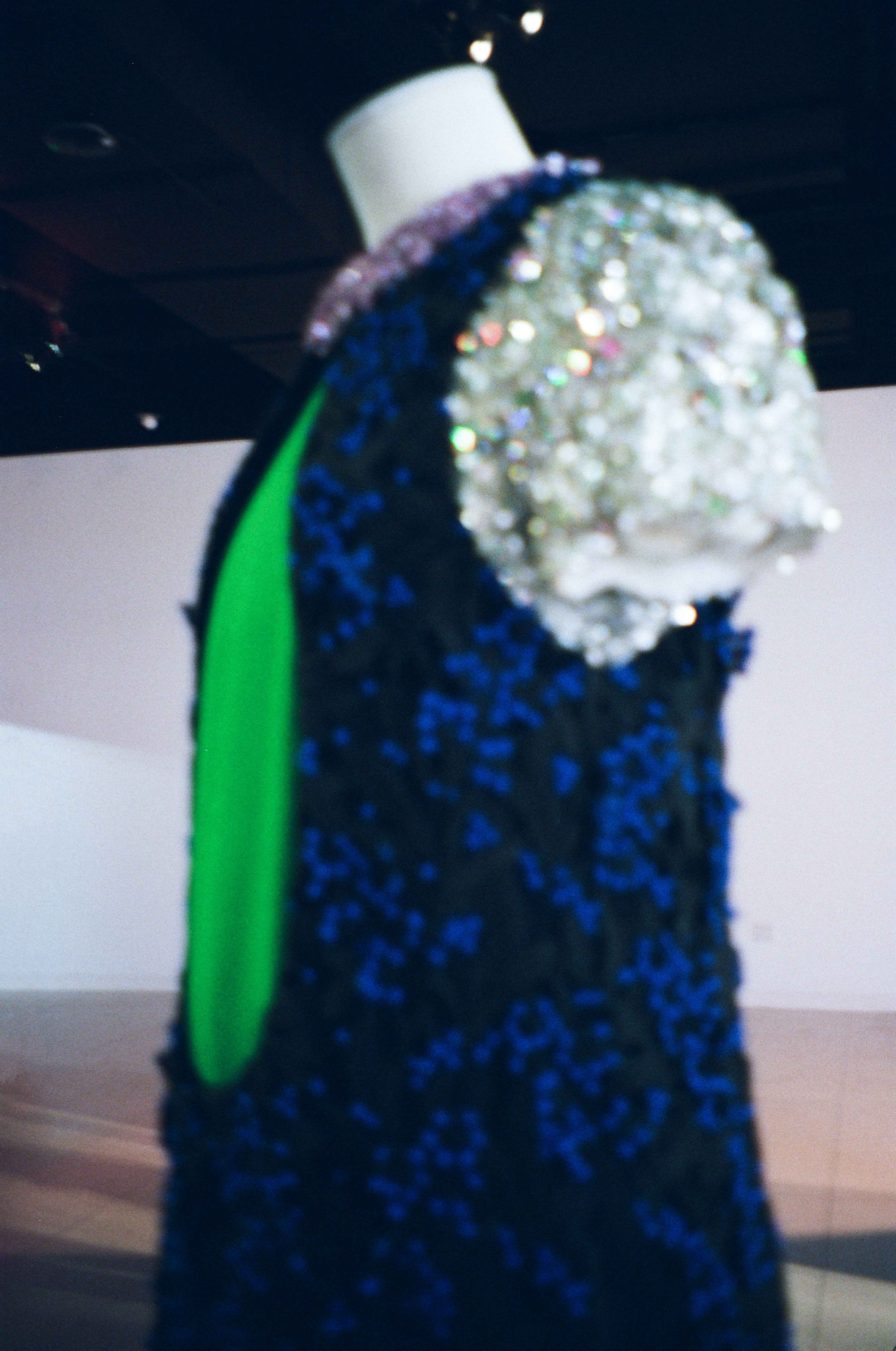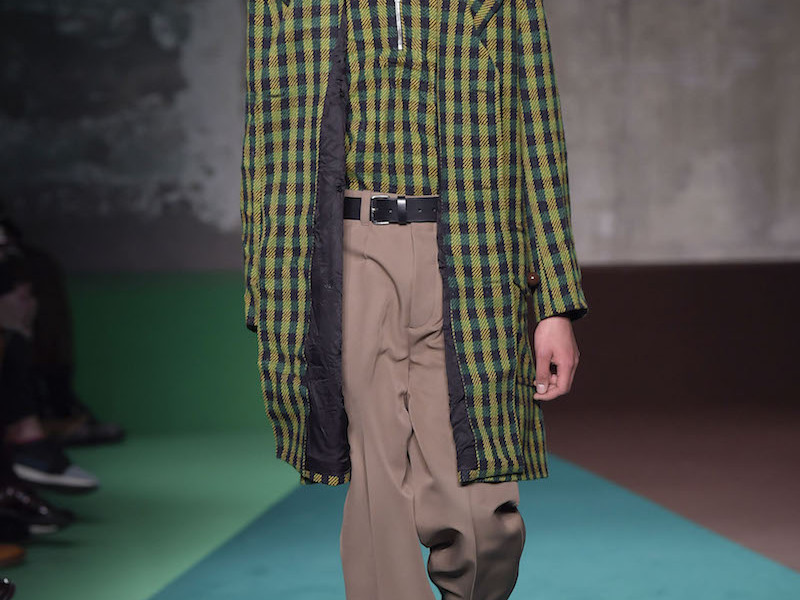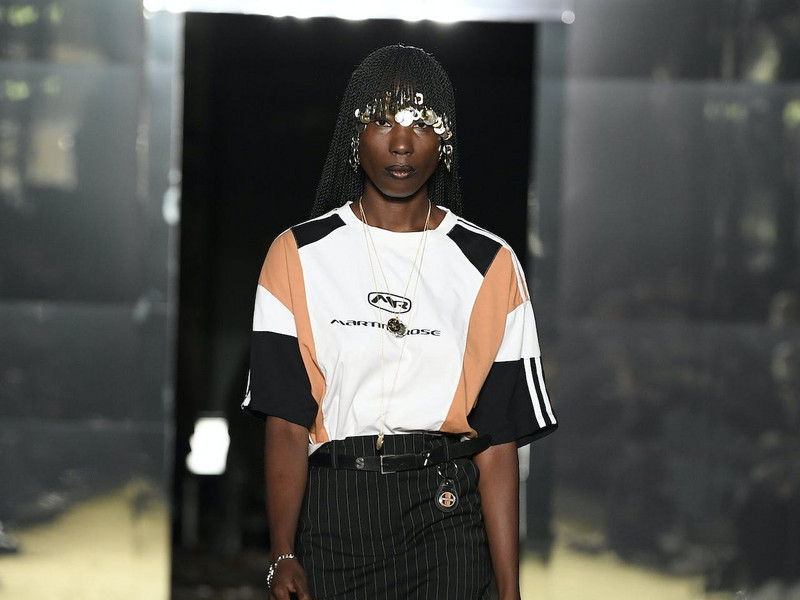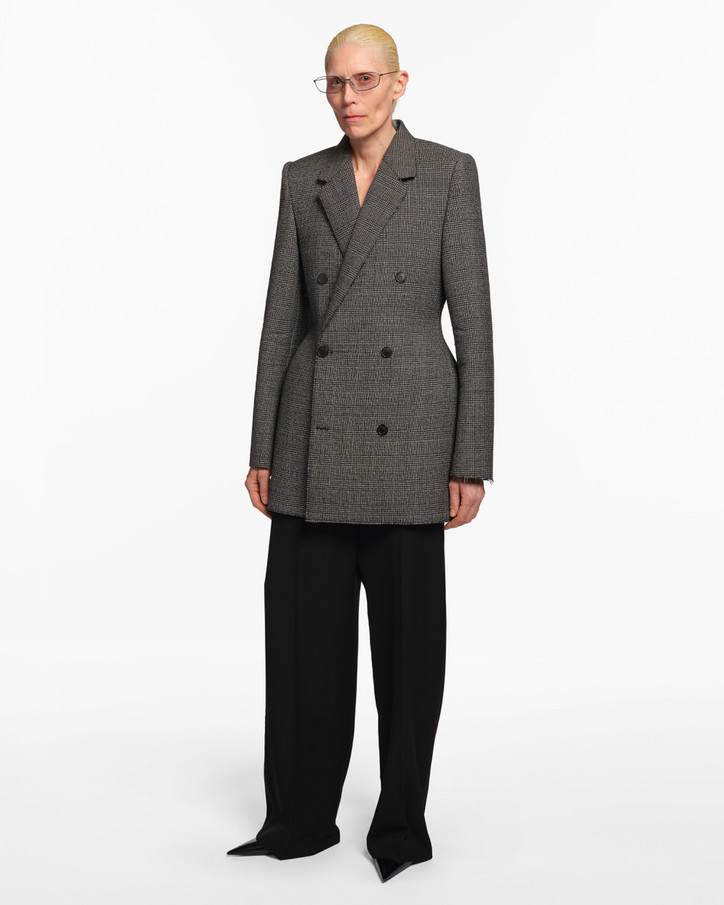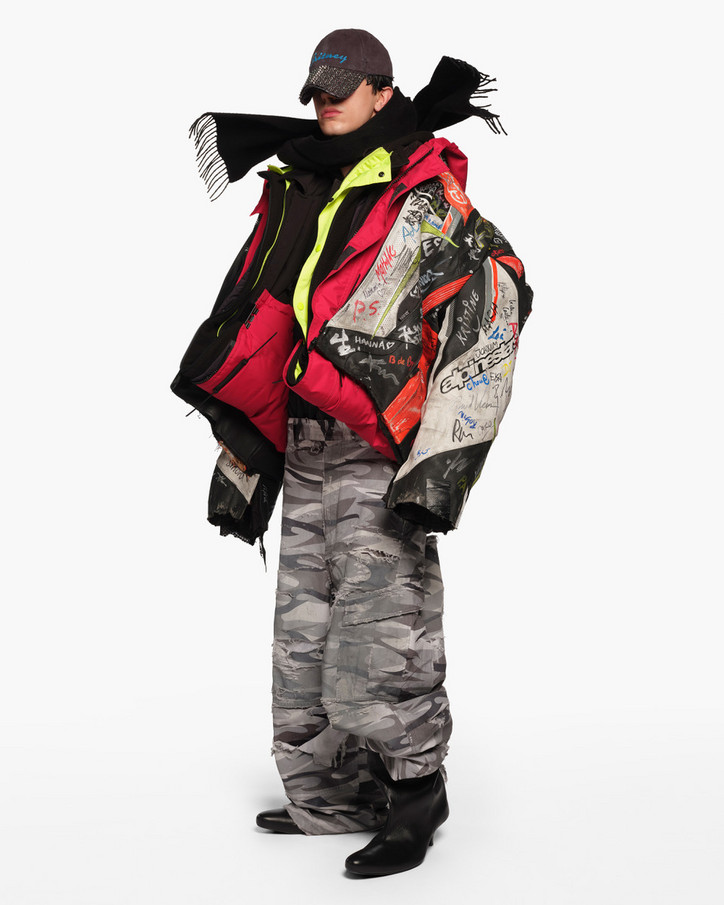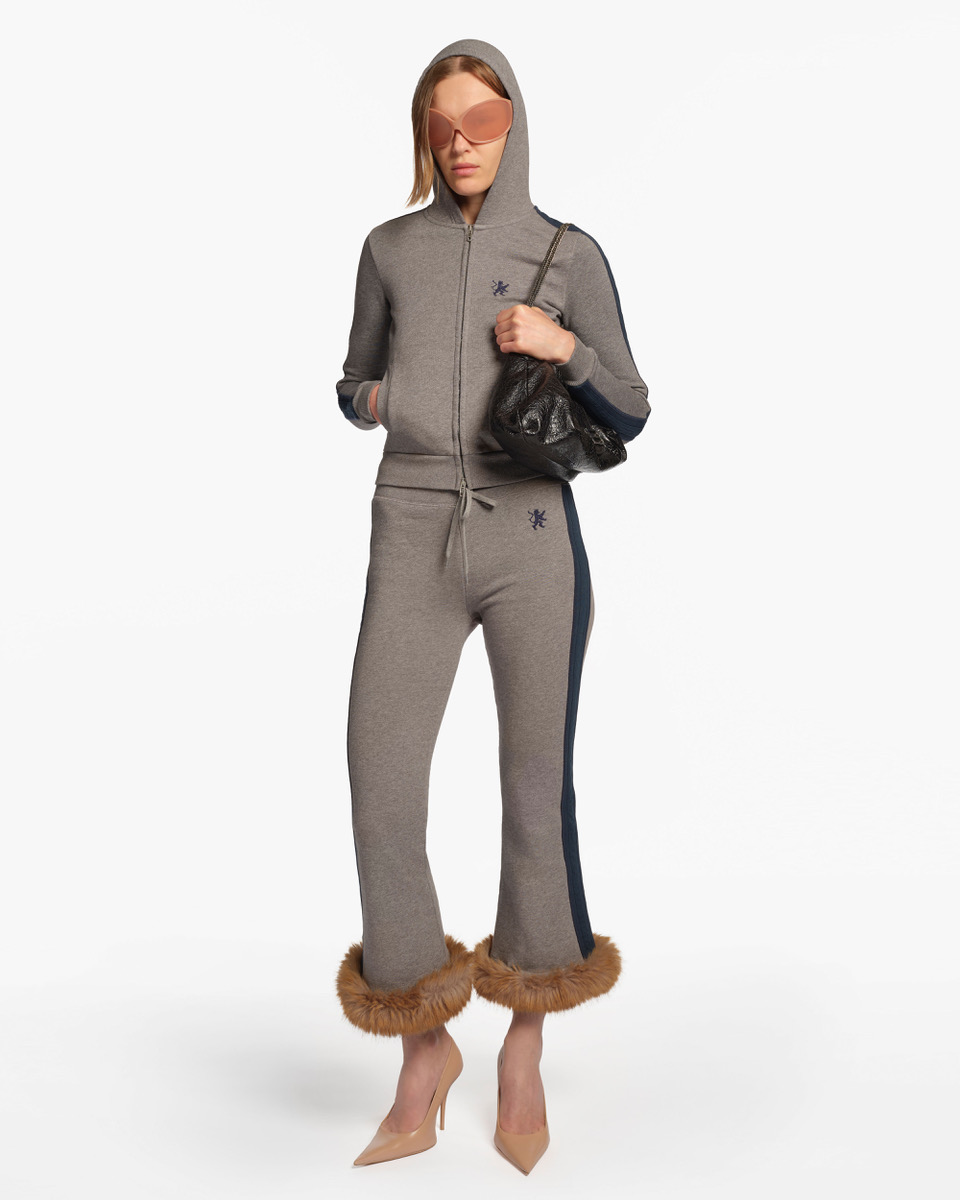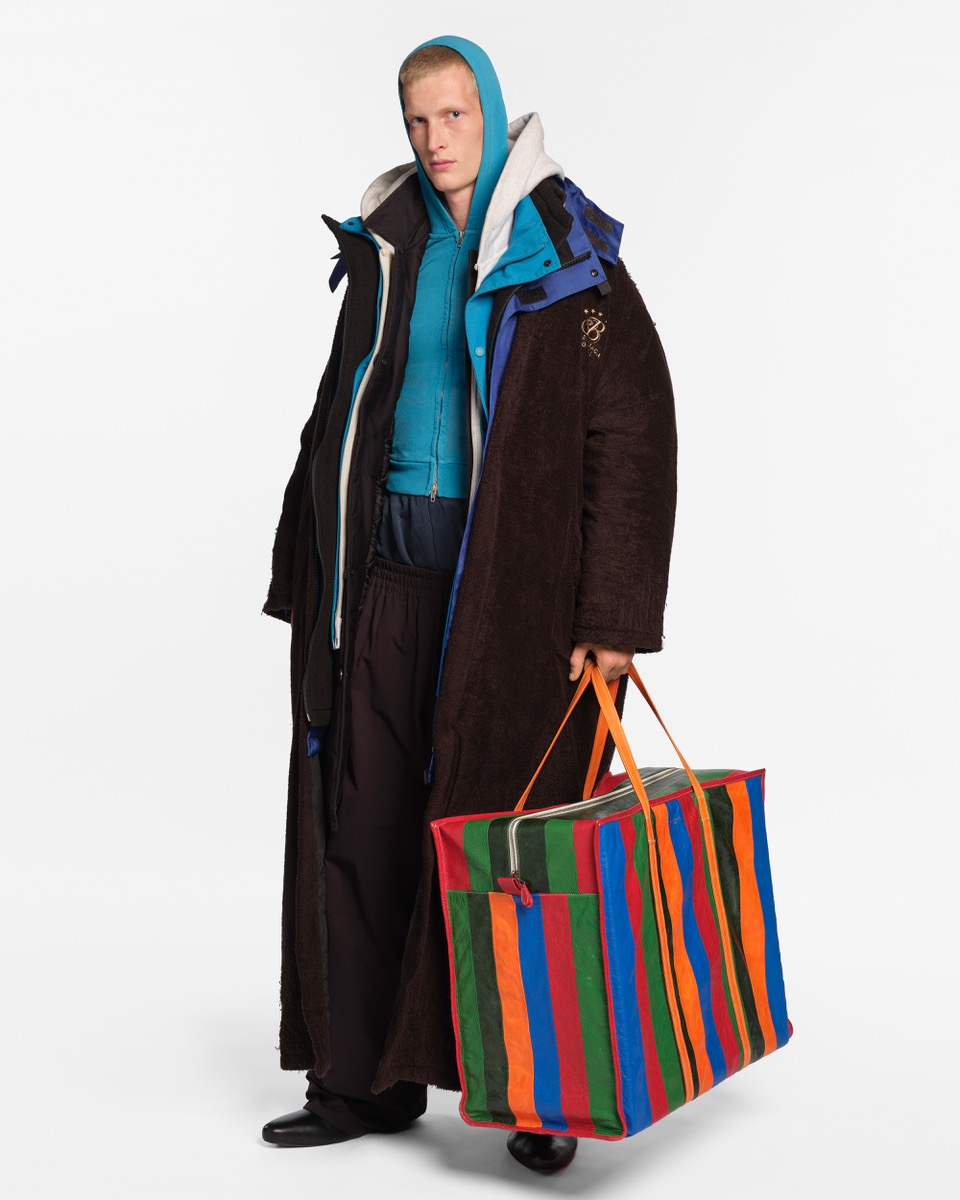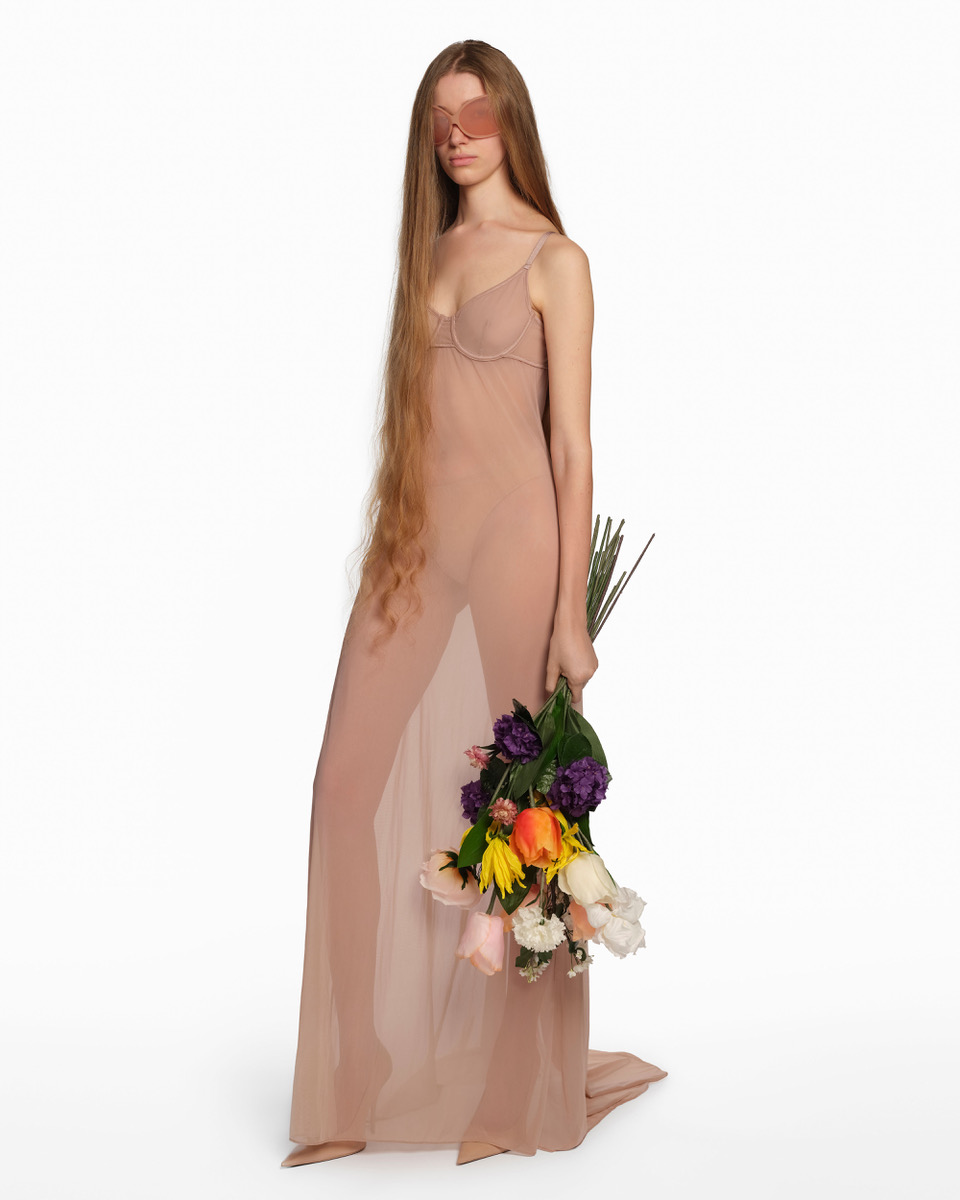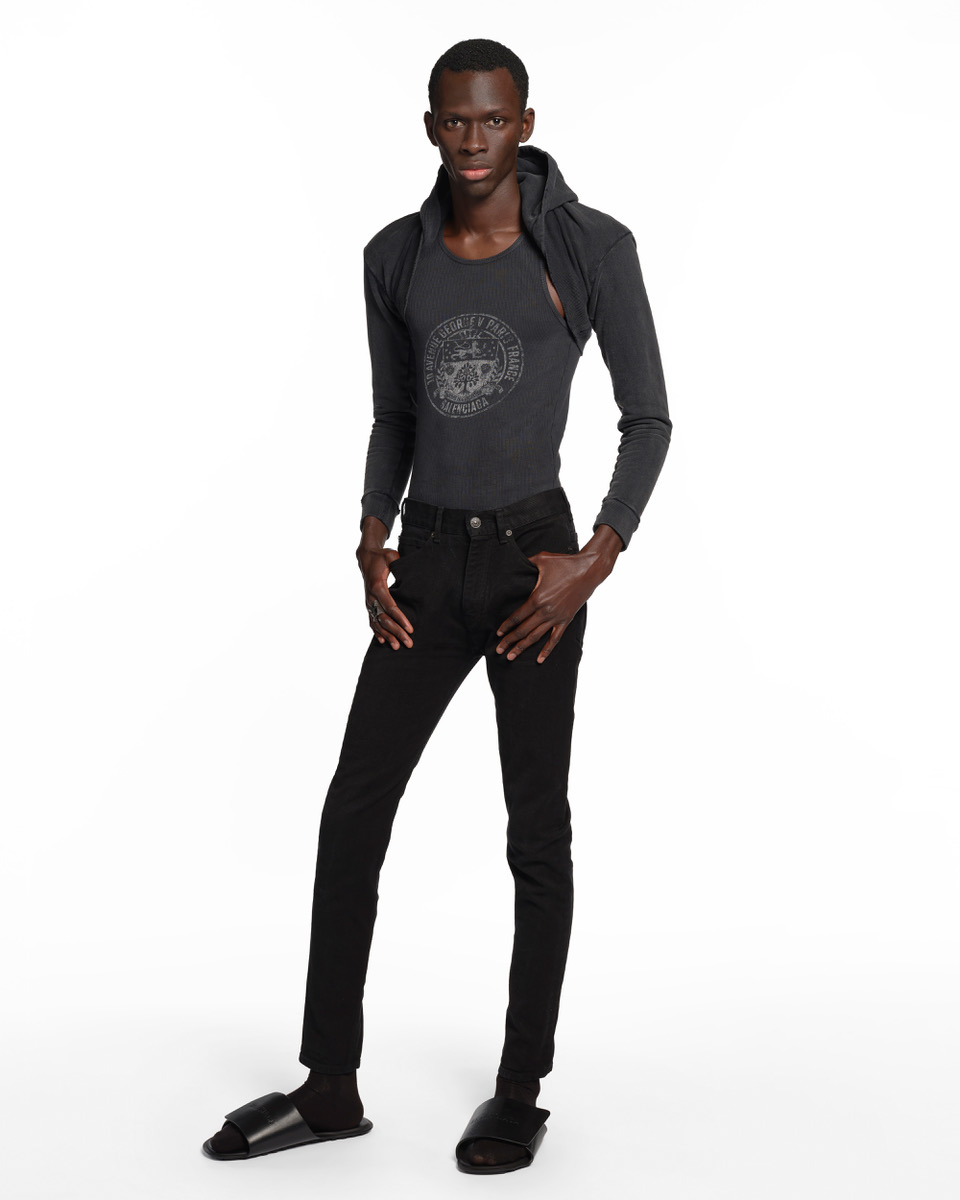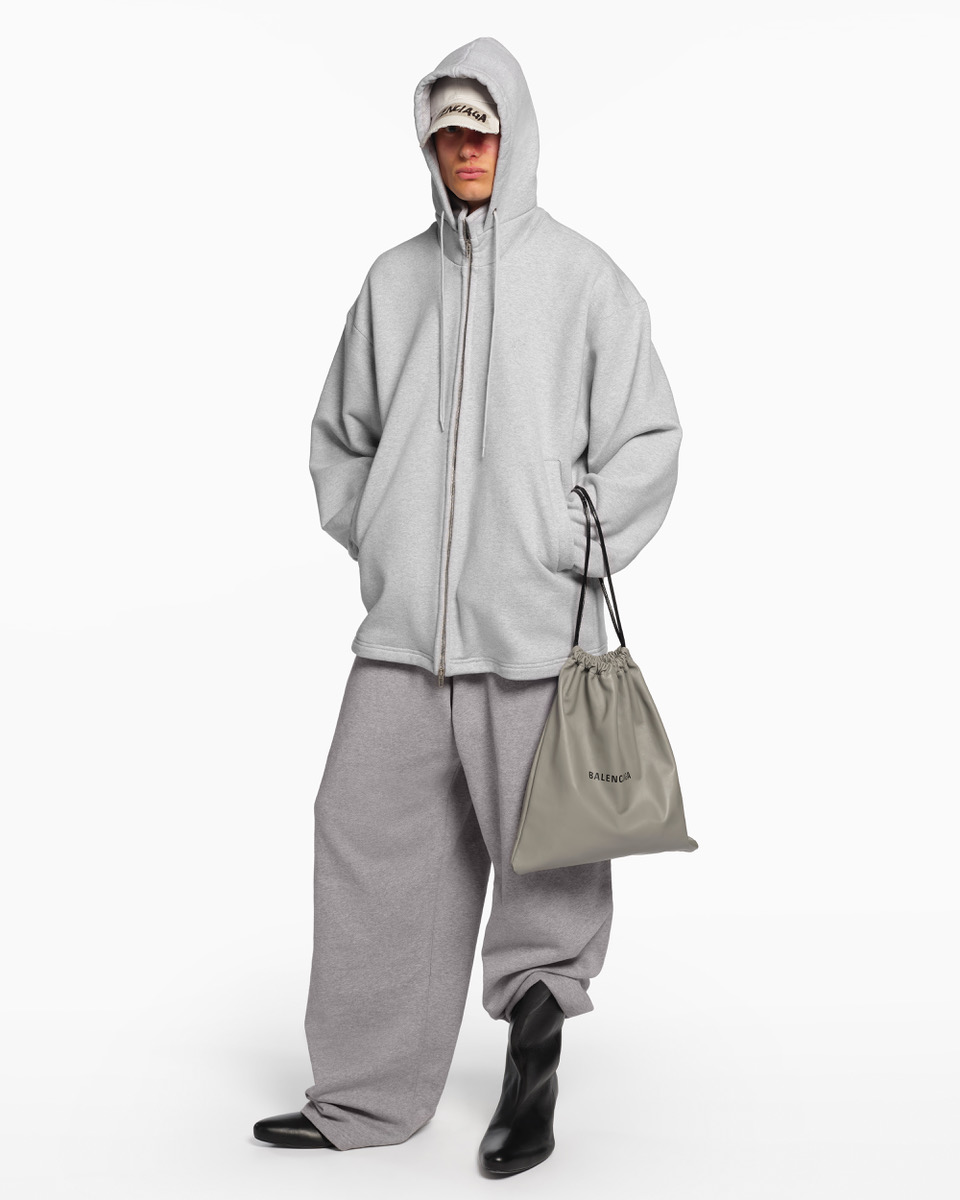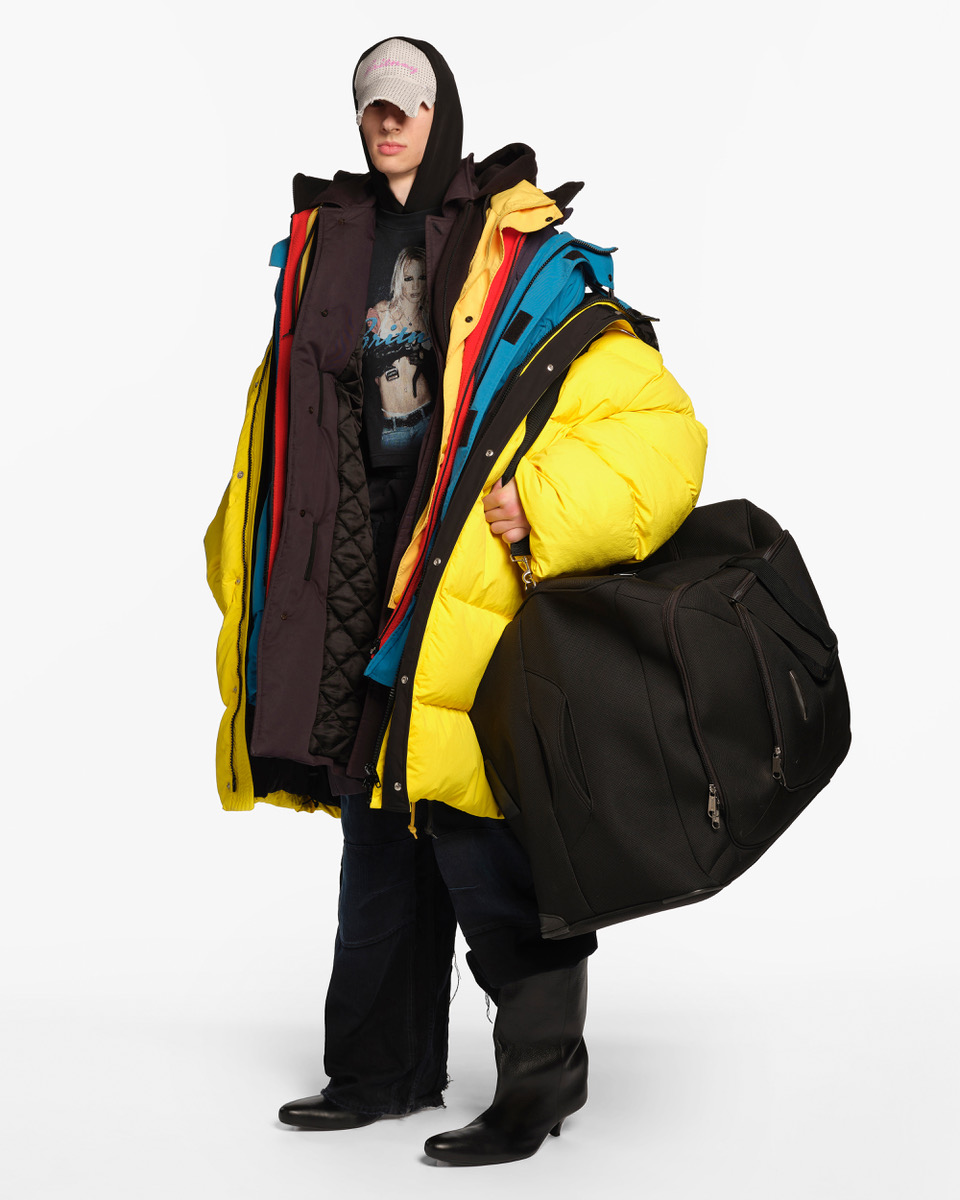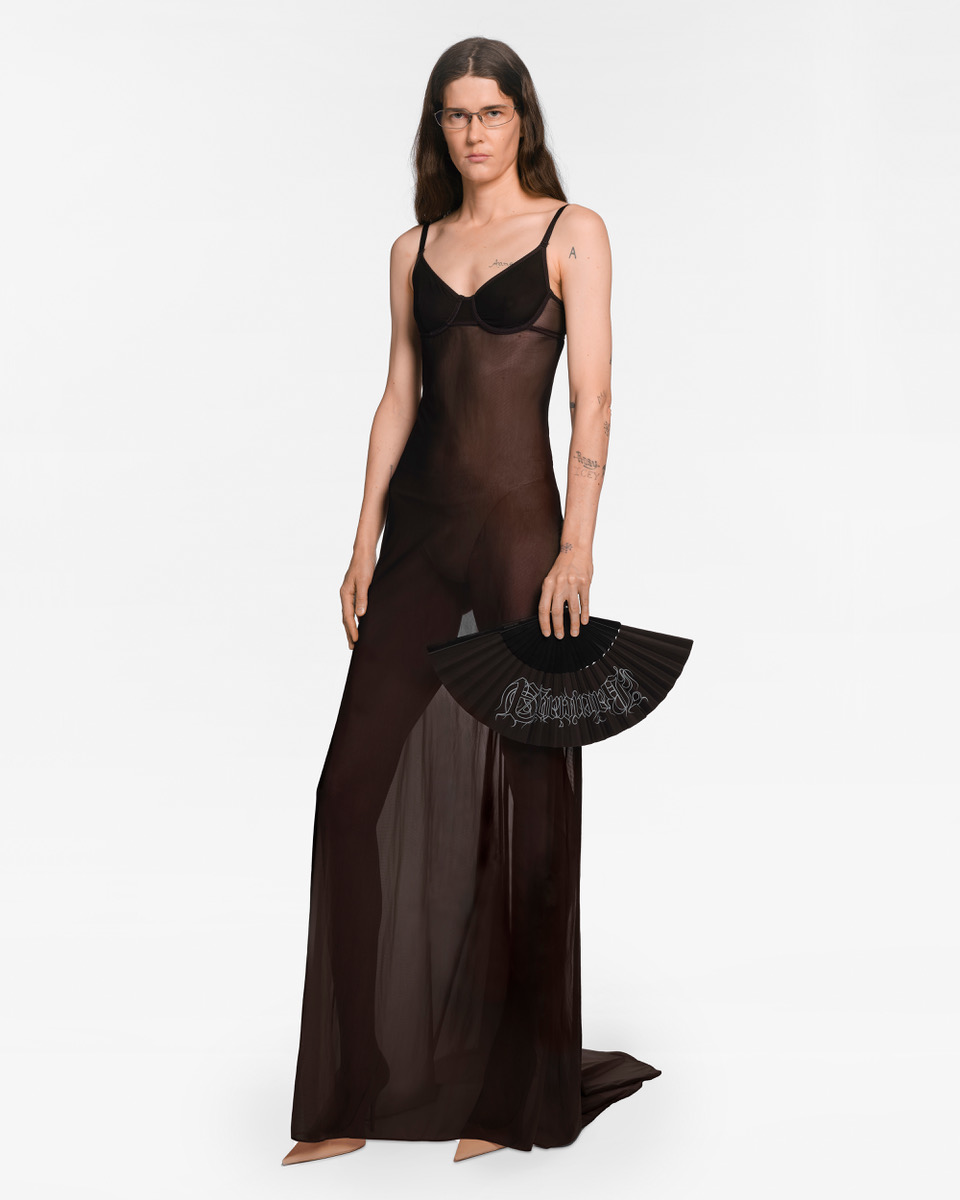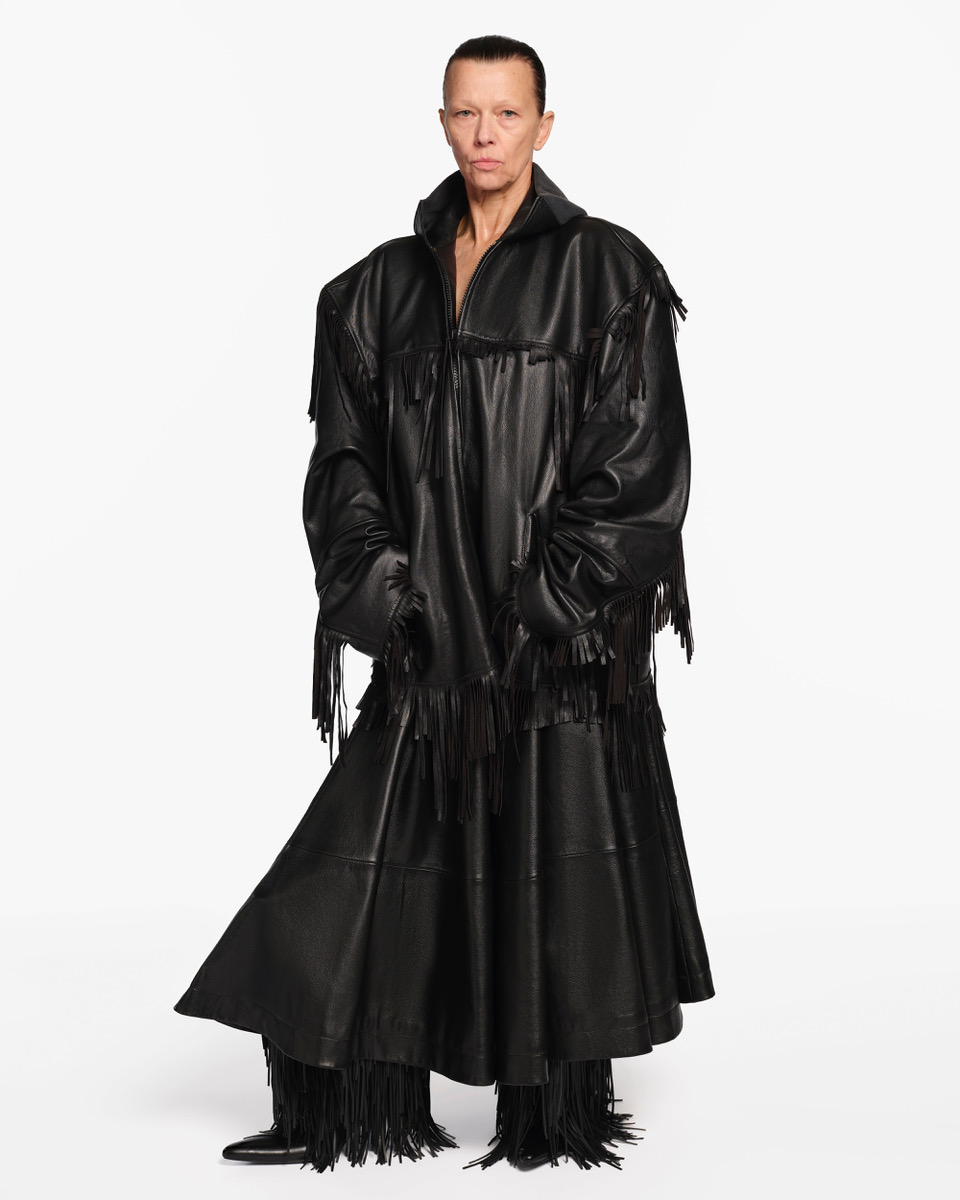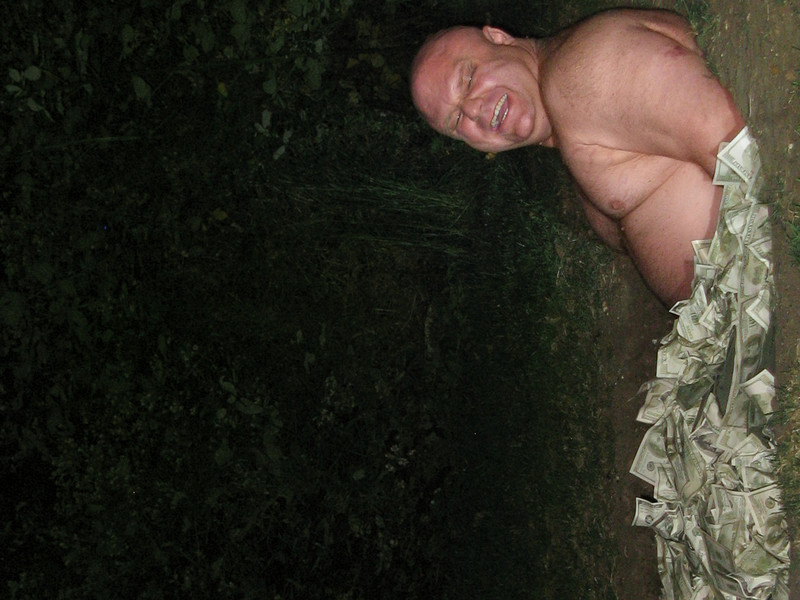Alluring Oddities
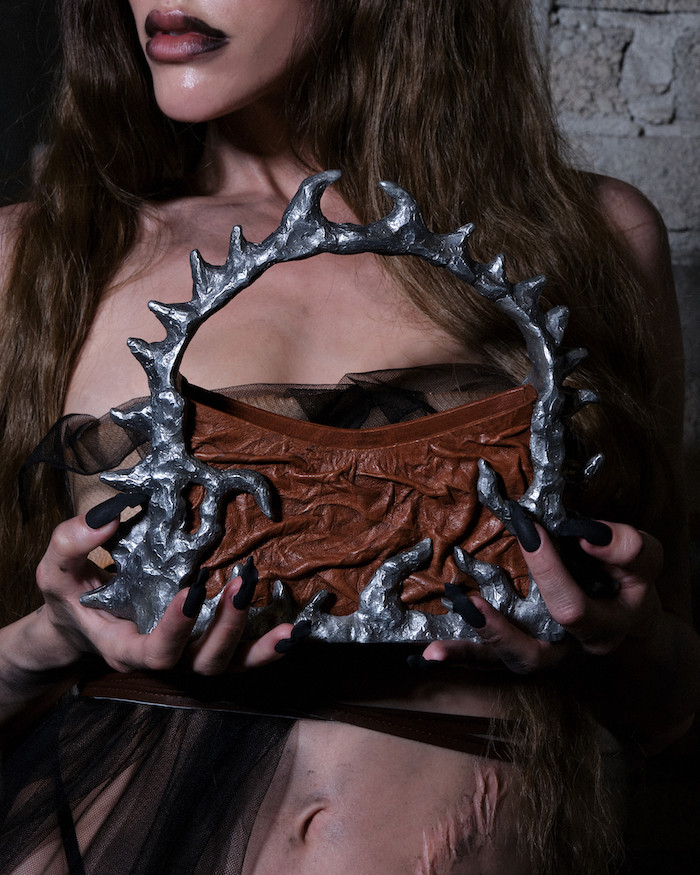
office had a chance to sit down with Patricia and discuss her recent launch, her favorite folktales, and more.
What parts of Mexico City do you hope translate to wearers through your work?
It’s funny because I didn’t necessarily design these with the intention of transmitting some part of Mexico or Mexico City to its wearers. The other day, though, my boyfriend said that they look quite Mexican in a way he hadn’t thought about. I asked him what he meant and he sent me a reference of an Oaxacan vase and a picture of the Aztec calendar. He said they weren’t the perfect references but something in that vein. It confirmed a similar, abstract thought that I had about them: they had this unintentional Mexican essence in their visual language, in their DNA. I guess if I had to choose a part of Mexico I’d go for somewhere deep inside a pyramid in Teotihuacan — some place that existed through ritual and gore.
What about not being factory-made enriches your designs? Can you dive into the intricacy and intention that goes into each handbag?
Everything! Each piece is unique; no two are the same. There are variations in terms of shine or dullness and detail because they’re sculpted and finished by hand. I find that pieces like these have a soul and an energy that isn’t felt in something that originated from a factory. It’s more of a wearable sculpture at the end of the day. They were born out of days and days at a foundry (where the aluminum part is made) and at a studio (where the leather part is made) fine-tuning every detail. I also made some sort of unspoken vow that whatever I did create, I would do so in Mexico, alongside my people. That in itself has its pros and its cons, but all things considered, I wouldn’t ever change that.
As a creative director in the music space and previous experience at Vogue and Elle Mexico, what did you take with you from those experiences and bring to NIINFA?
I would say I’ve gotten really good at story-telling and visual campaigns around an idea, a brand, or an EP. That will probably come across all NIINFA-related visual assets.
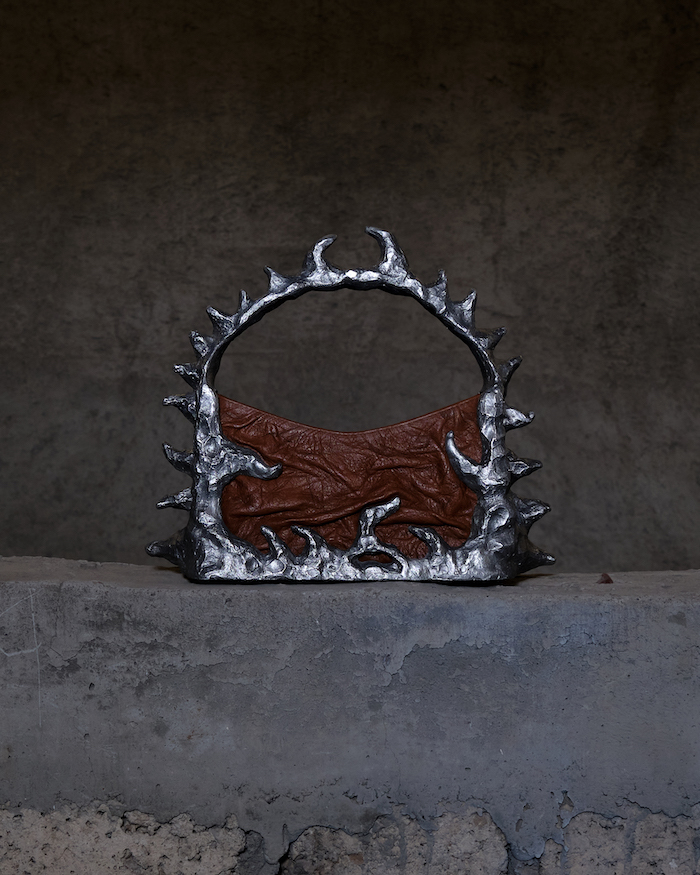
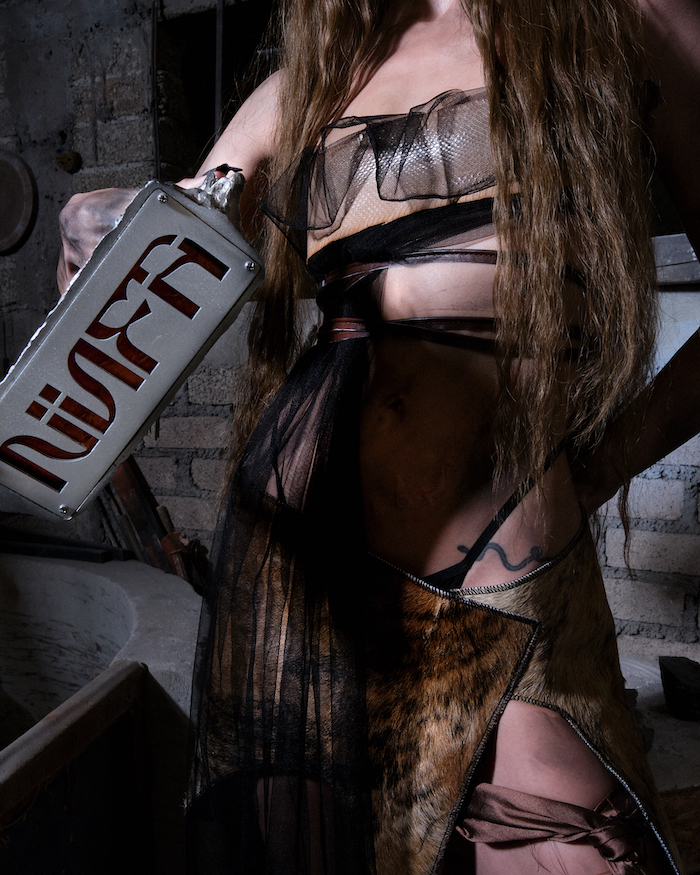
NIINFA bags set out to explore the dichotomy between femininity and the unkempt. What does femininity mean to you and how is this a fluid concept, as displayed through your designs?
Femininity to me represents beauty, elegance, and poise but simultaneously that which is unknown and cavernous, like female genitals or a venus flytrap. It is also unapologetic and forceful; it is fluid in the sense that it doesn’t pertain to any one gender and embodies archetypal female traits, as well as masculine traits. That’s what I seek to explore in my designs.
Your designs are hand-sculpted and forged from recycled aluminum and leather. Can you take us through the sourcing and sculpting journey and why you decided to use these materials, which are more difficult to come across than traditional leather and aluminum?
I knew I wanted one component of them to be a lightweight metal that doesn't tarnish, so I decided on aluminum. I asked a Colombian friend and architect that lives in Mexico City if he knew where I could make this bag — at this point, I only had 2D drawings and a bag I had sculpted out of clay. He told me about this foundry outside of Mexico City. I went and I loved it — shoutout to Manuel. I told him it was important for me to consider the sustainability of the bags. He said he could recycle the aluminum, melt down any unused metal and repurpose it for the bags. Then there was the receptacle component of the bag, which I wanted to be made of scraps or leftover leather from other productions. I went to my friend Sergio that has a large tannery outside of Mexico City to look through their scraps and leftover inventory. That’s the thing about working in Mexico — it's very much an interpersonal process. Manuel and Sergio have now met my mom and my dad and we’ve exchanged Christmas gifts. I can go and sit in their foundry and tannery respectively and prod at everything.
The designs take on ancient folkloric qualities — what inspired the actual aesthetic and look of the bags?
I was very inspired by the lamiak of Basque mythology (my dad’s family is from the Basque country). They have the upper bodies of alluring, long-haired maidens with the webbed feet of ducks, sometimes the hooves of goats. They would often help in the building of bridges or the plowing of fields but if displeased by a man, they would punish him or take him into the forest never to be seen again. I guess in terms of design I imagined their duck feet, I thought of a beautiful maiden caught with an open mouth full of spiky teeth…and thorns!

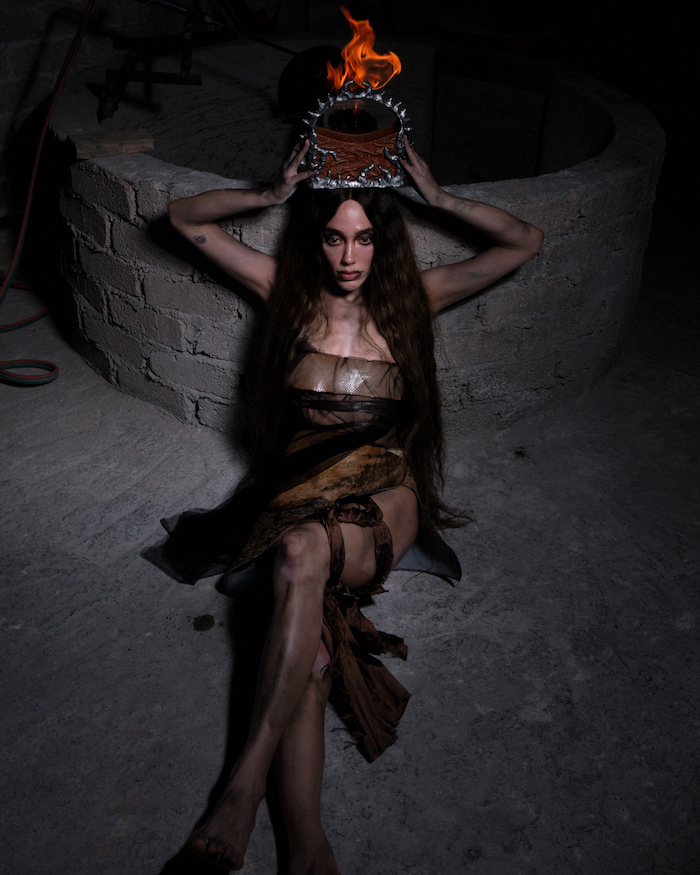
If you existed in any folklore story or fairy tale world, which would it be?
There’s a Basque legend of a shepherd that hears the voice of a beautiful maiden. He follows it to a stream and finds the most beautiful girl he’s ever seen. She asks him if he will marry her and he says yes. She gives him a ring. He goes home and tells his mom he’s going to get married but she’s concerned, not knowing who she is, what family she comes from, and warns him she might be a lamiak. She urges him to look at her feet. He goes back to the stream, unwillingly, and hides behind a bush to catch a glimpse of her feet. Duck feet! He goes home, breaking his promise to marry her. He dies of sadness. I’d exist in this one.
In what ways do you hope to be able to continue reversing stereotypical displays of femininity within your art?
Stereotypically femininity is seen as passive, naive, soft, nurturing, and accepting. I’d say that I’m not always those things. I’m deeply triggered by injustice and betrayal, often expressed with rage. I’m anything but passive when crossed, which generally makes people feel uncomfortable. I’d like to continue to explore that narrative, one that deals with vengeance, force, ancient weaponry, and dominion, which is often seen as pertaining to the masculine.
Why do you think donning non-traditional, unsettling, or distorted forms is empowering?
I think it has to do with intimidation, like wearing war paint to preemptively scare or shock your spectator and make them succumb to your will. It also has to do with accepting your ugliness and displaying it; you don’t always have to wrap yourself up in a pretty little bow for the sake of people’s comfort.
What are your plans to continue building upon the story that NIINFA has created thus far?
I’m taking it day by day but there are two Sappho quotes that I have written in my notes pertaining to the story that is and will be NIINFA:
“May I write words more naked than flesh, stronger than bone, more resilient than sinew, sensitive than nerve.” ― Sappho
“She who loves roses must be patient and not cry out when she is pierced by thorns.” ― Sappho

